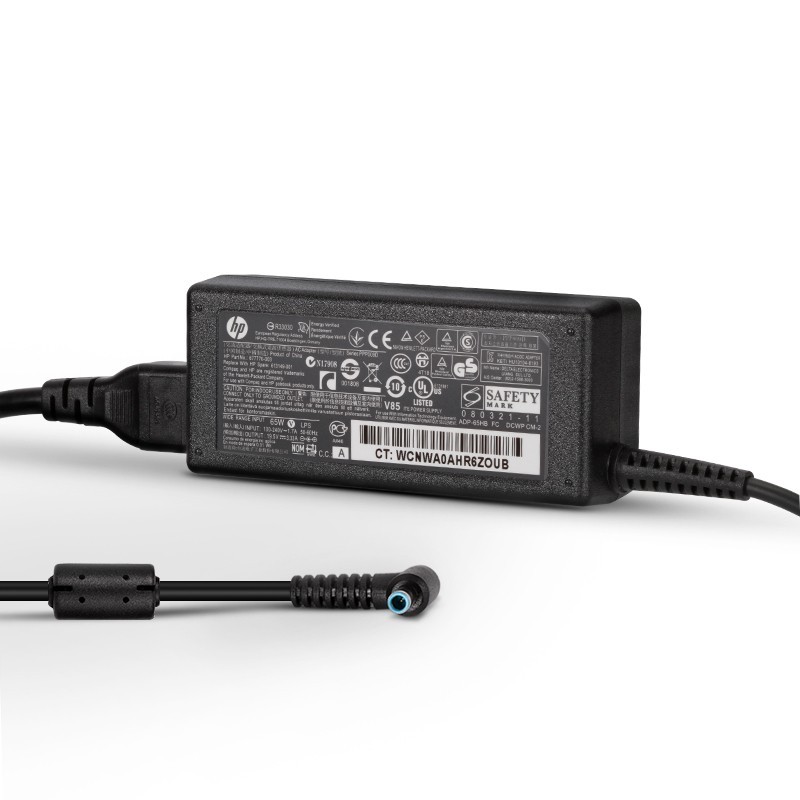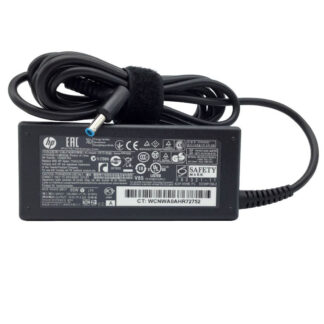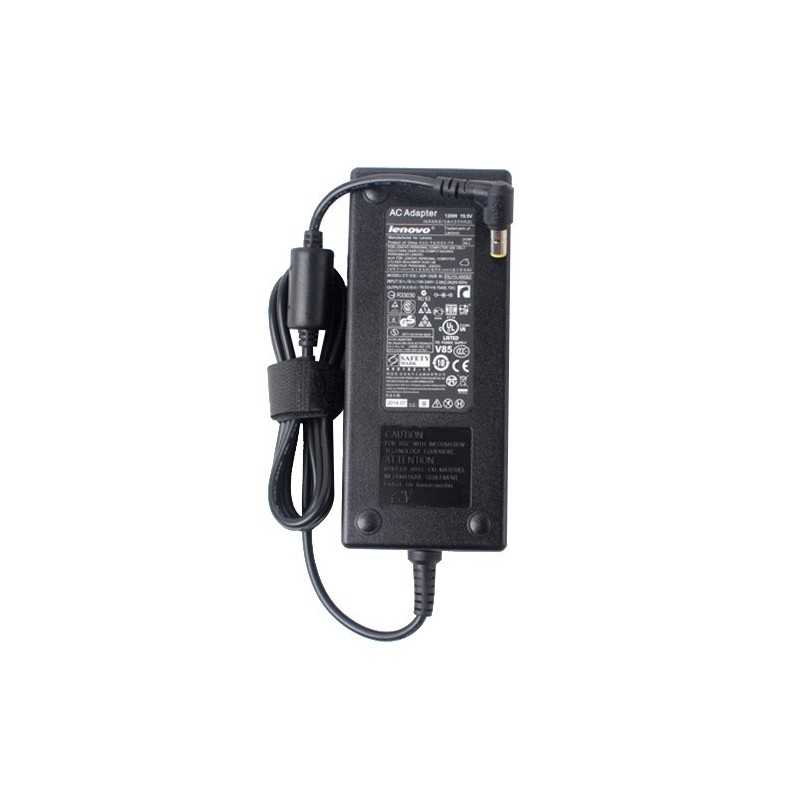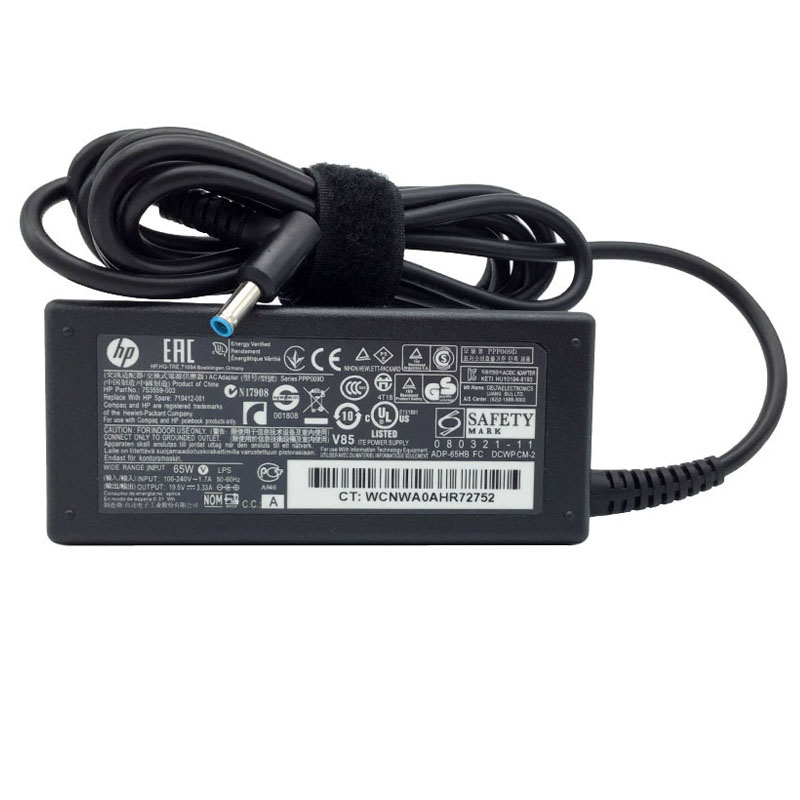Powering Your Productivity: Unveiling the Lenovo ThinkPad L15 Gen 2 (Intel) 20X3 20X300FCCX AC Adapter Charger
As technology becomes an integral part of our daily lives, having a reliable and efficient power source is crucial. For users of the Lenovo ThinkPad L15 Gen 2 (Intel) 20X3 20X300FCCX AC Adapter Charger, the right AC adapter charger is not just a convenience but a necessity to ensure uninterrupted productivity. Let’s take a deeper look into the power behind the device and how the Lenovo ThinkPad L15 Gen 2 (Intel) 20X3 20X300FCCX AC Adapter Charger complements this exceptional laptop.
1. Purposeful Design
The Lenovo ThinkPad L15 Gen 2 (Intel) 20X3 20X300FCCX AC Adapter Charger is crafted with a thoughtful design. Its compact size and sturdy construction make it an ideal companion for those on the go. The slim form factor and durable build ensure both portability and resilience, catering to the demanding needs of modern professionals.
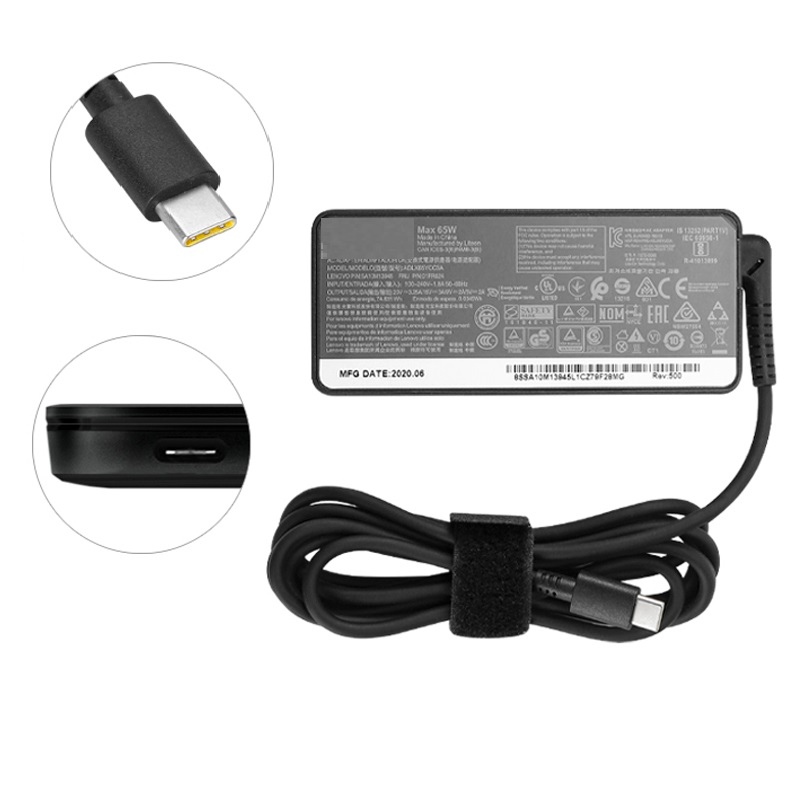
2. Enhanced Compatibility
One of the standout features of this charger is its seamless compatibility with the HP EliteBook x360 830 G6 7QW24PA AC Adapter Charger . This compatibility ensures a perfect fit and optimized charging capability, eliminating concerns about compatibility issues or subpar charging speeds.
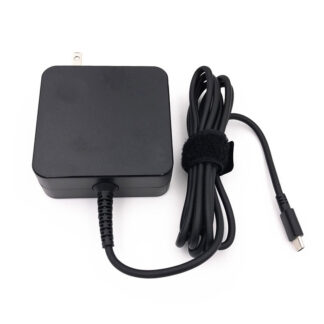
3. Power and Performance
Delivering consistent power is where this charger excels. With its efficient power delivery, the HP EliteBook 830 G6 Notebook PC-8ZP43EC AC Adapter Charger ensures a stable and reliable flow of energy to the device. This contributes to a hassle-free charging experience, allowing users to focus on their tasks without worrying about abrupt power interruptions.
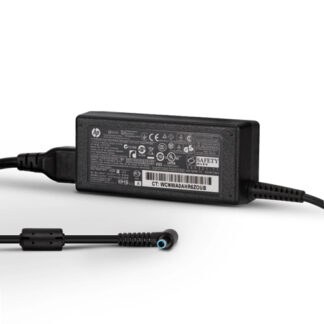
4. Portability and Convenience
The portability factor of the charger aligns perfectly with the ThinkPad’s on-the-go nature. Its small size and detachable cord facilitate easy packing and hassle-free transportation, whether for work, travel, or home use.
5. Reliability and Durability
The longevity and durability of the charger are noteworthy. Built to endure regular use, the charger’s robust design, including the cable and connectors, guarantees a prolonged and reliable lifespan.
6. Conclusion
In conclusion, the Lenovo ThinkPad L15 Gen 2 (Intel) 20X3 20X300FCCX AC Adapter Charger proves to be more than just a mere accessory. It’s a companion ensuring the device’s optimal performance and reliability, empowering users with the freedom to use their HP EliteBook x360 830 G6 7QW24PA AC Adapter Charger without worrying about power constraints.
Whether you’re a professional on the move or a student with a busy schedule, the Lenovo ThinkPad L15 Gen 2 (Intel) 20X3 20X300FCCX AC Adapter Charger provides the stability and convenience necessary to keep your work and activities uninterrupted.
So, if you’re seeking a trustworthy power source that aligns seamlessly with your HP EliteBook x360 830 G6 7QW24PA AC Adapter Charger, the HP EliteBook 830 G6 Notebook PC-8ZP43EC AC Adapter Charger stands as an essential and dependable choice.
